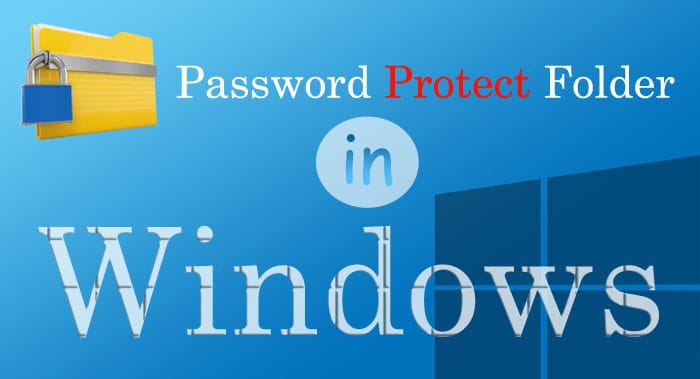
:max_bytes(150000):strip_icc()/password-protected-windows-5afce962eb97de003d4a7341.png)

Click on “Storage” in the right-side panel.Go to your Settings and select “System.”.Once you’ve created a VHD using the steps above, you can set up BitLocker for this drive. Click on “Next,” then “Finish.” Your virtual drive can now be used just like any folder on your PC.Give the drive a descriptive name under “Volume label.”.Make sure “Allocation unit size” is “Default.”.Format your partition with the following parameters:.Pick a letter and proceed with the “Next” button.Click on “Next” until the dialogue box asks you to assign the drive a letter.Right-click in the “Unallocated” area next to the VHD and select “New Simple Volume.”.Make sure your VHD is selected, and pick “GPT” for the partition style.Still in the “Disk Management” window, right-click the VHD you just created.There are still a few steps you need to complete before you can start using your virtual drive: It’s recommended that you pick “Dynamically Expanding” under disk type so your VHD can grow with you.



 0 kommentar(er)
0 kommentar(er)
